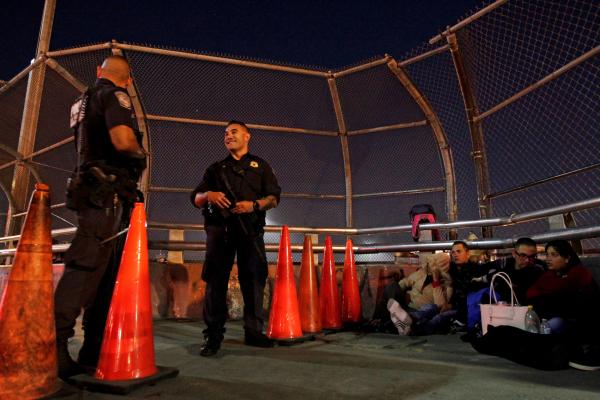Nov 28, 2018
While Tijuana and California received most of the remaining asylum seekers in the heavily publicized “caravan,” cities all along the U.S.-Mexico border have seen smaller eruptions in the ongoing immigration disaster. Advocates working in those cities do not, however, say that they are seeing waves of immigrants, floods of asylum seekers, or any other crisis-invoking metaphor. The U.S. is not, they say, being overrun.
Read the Full Article

Already a subscriber? Login
